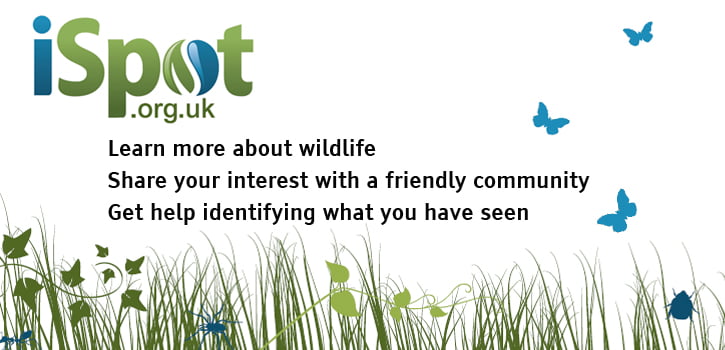
In the ever-evolving world of biodiversity research and citizen science, iSpot has emerged as a significant platform, bridging the gap between experts and enthusiasts. We sat down with Prof.Advaith Siddharthan, iSpot’s academic lead to delve into its journey, its role in fostering collaboration, and its integration with cutting-edge technology.
Here’s what we learned:
What inspired the creation of iSpot, and how has it evolved since its inception in 2009?
iSpot was born from the combination of two pioneering initiatives. The Walton Hall nature trail, an early multimedia website, showcased observations of species around the OU’s Walton Hall campus. Alongside this was the biodiversity data collection component of the U316 course, which reached the finals of the European Educational Software Awards. This activity helped students identify various organisms from the UK and beyond. The amalgamation of these projects led to a presentation for a comprehensive system to collect biodiversity data and educate users about species, culminating in iSpot as part of the OPAL project led by Imperial College.
Since then, iSpot has undergone significant transformations. It has been maintained by The Open University well beyond the initial OPAL project. Notably, the South African Biodiversity Institute’s involvement led to 300,000 observations by citizen scientists across southern Africa. Over the years, numerous small projects and developments have stemmed from the main site. Given the complexity of the system, iSpot’s code and database were completely rewritten in 2017, ensuring it remains robust and up-to-date.
How does the platform ensure the accuracy and reliability of these observations?
With a database boasting over 1.6 million photos and hundreds of thousands of species observations, iSpot places a strong emphasis on accuracy and reliability. The platform leverages the collective expertise of its community, where both experts and novices collaborate. Through peer review and expert validation, observations are cross-checked and verified, maintaining the integrity of the data.
How does the platform facilitate knowledge sharing and collaboration among its diverse community members?
iSpot thrives on the active participation of its community, encouraging both experts and novices to engage in citizen science. The platform provides a space for users to share their observations, ask questions, and receive feedback. This collaborative environment fosters learning and knowledge exchange, helping users deepen their understanding of biodiversity. iSpot data is shared with other stakeholders through the National Biodiversity Network’s NBN Atlas.

How does iSpot leverage AI to enhance users’ experience and contribute to biodiversity research?
The integration of AI significantly enhances iSpot’s functionalities. AI tools assist in identifying species, managing large datasets, and providing users with quick, accurate information. This not only improves the user experience but also contributes to more efficient and precise biodiversity research.
How does iSpot complement these initiatives, and what opportunities does it provide for engagement and learning in the realm of smart cities and environmental sustainability?
Beyond its online platform, iSpot is linked with The Open University’s OpenScience Laboratory, offering a range of practical science activities. This association provides opportunities for engagement and learning, particularly in the context of smart cities and environmental sustainability. By participating in iSpot, users can contribute to broader initiatives aimed at understanding and preserving biodiversity within urban environments.
iSpot stands as a testament to the power of collaboration and technology in advancing biodiversity research. Its evolution from a multimedia nature trail to a sophisticated, AI-enhanced platform highlights its enduring impact and potential for future growth.
Acknowledgement: iSpot would like to thank the project’s curator Mike Dodd and Senior Programme Manager Janice Ansine for their assistance in answering the questions above.
